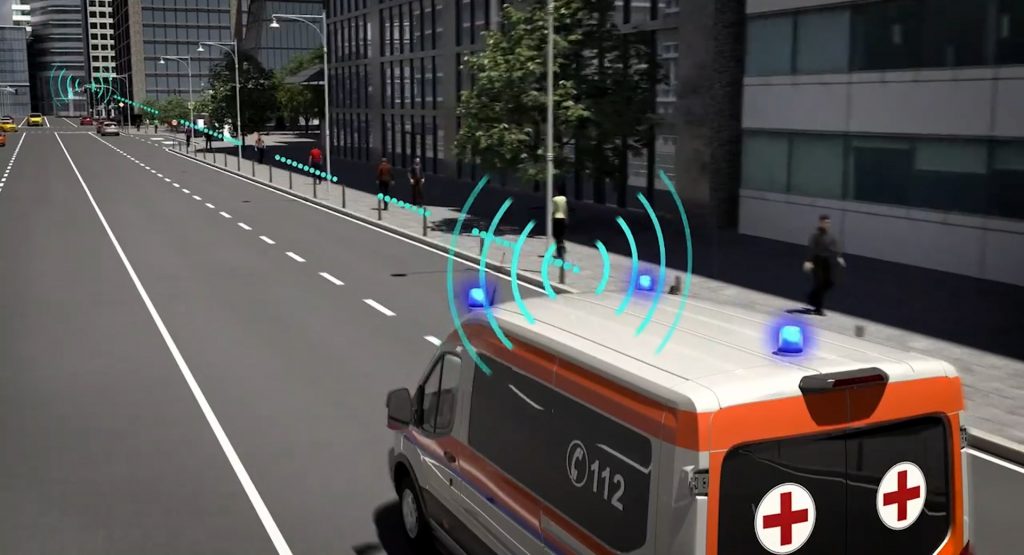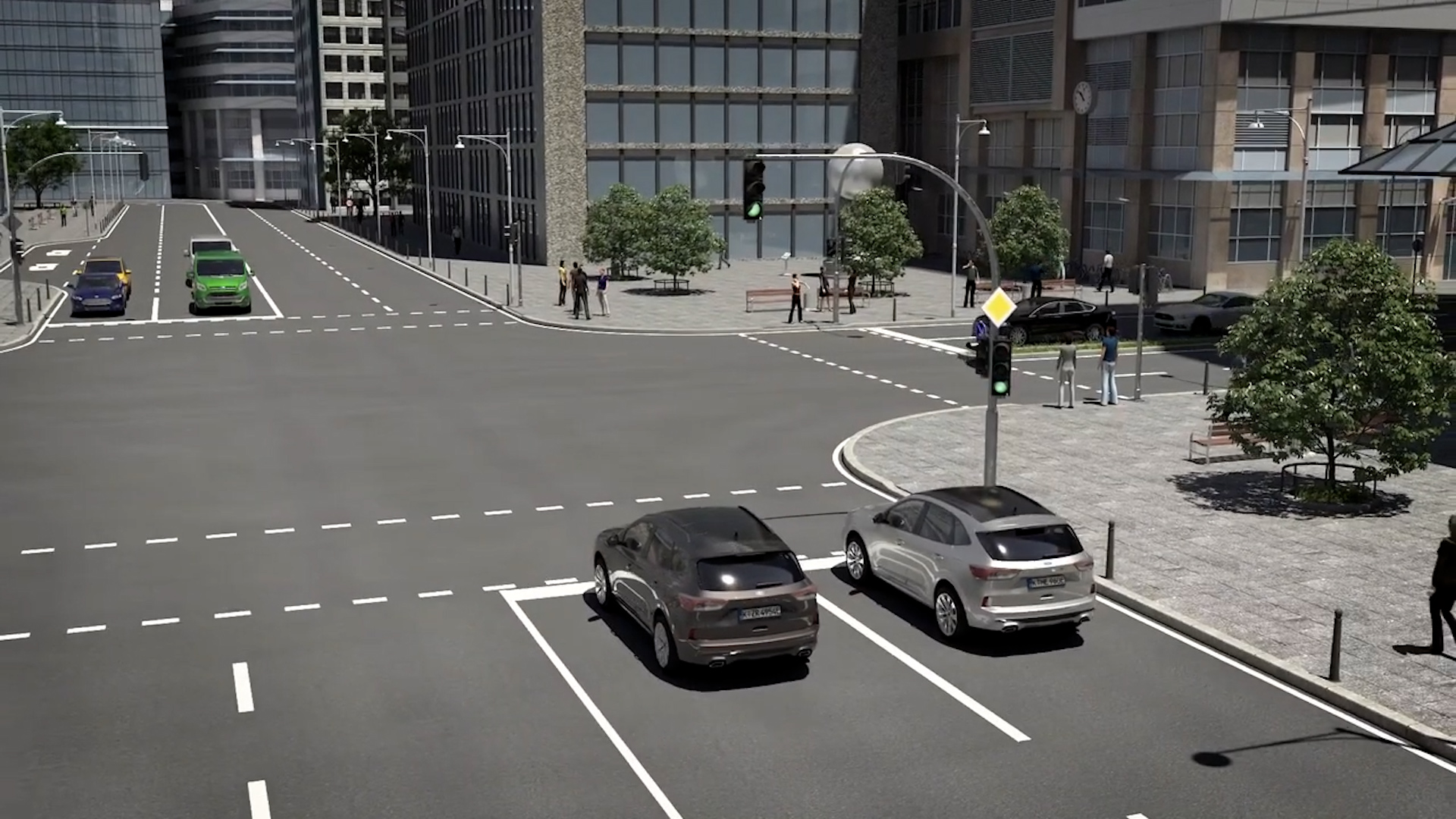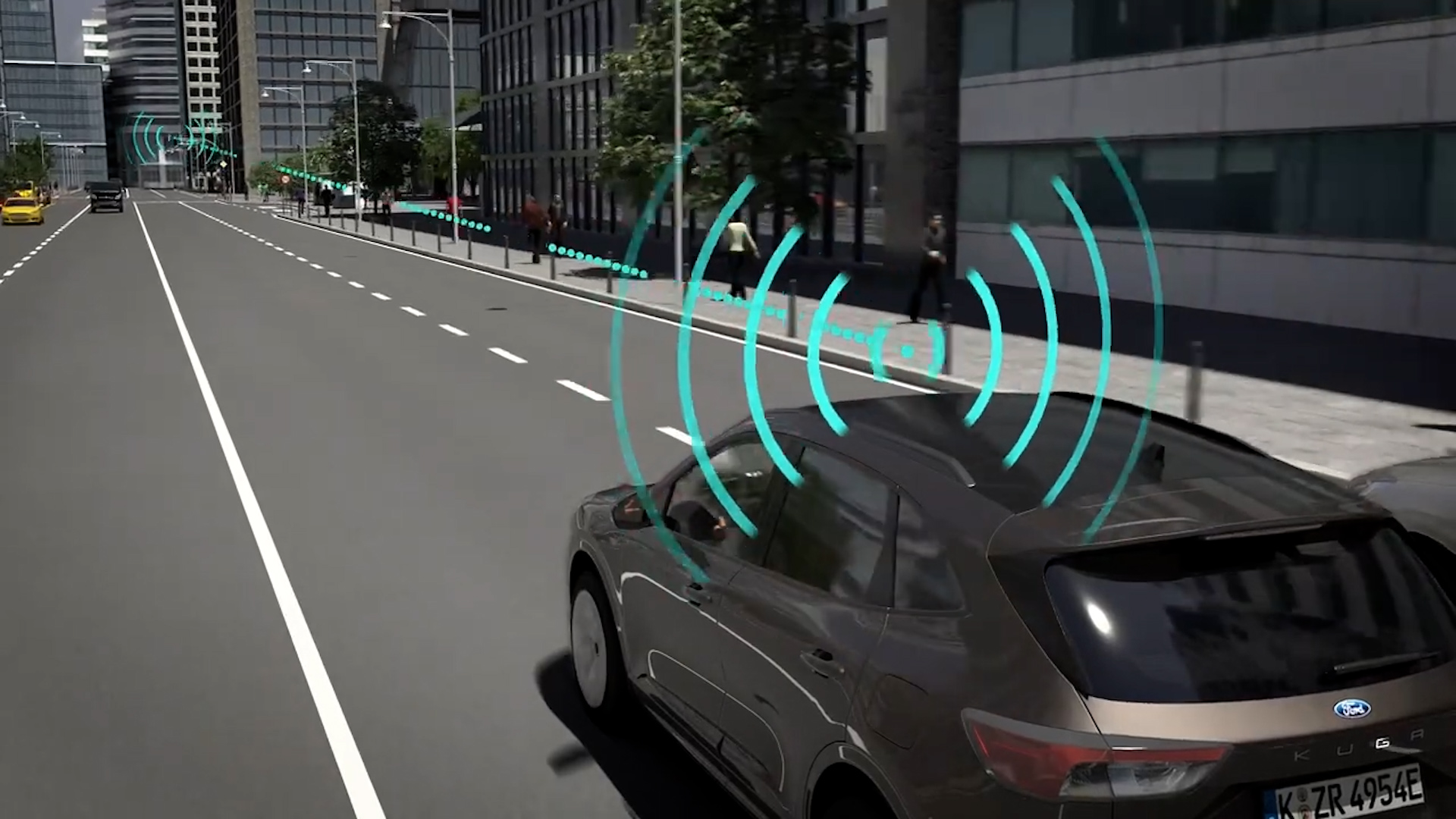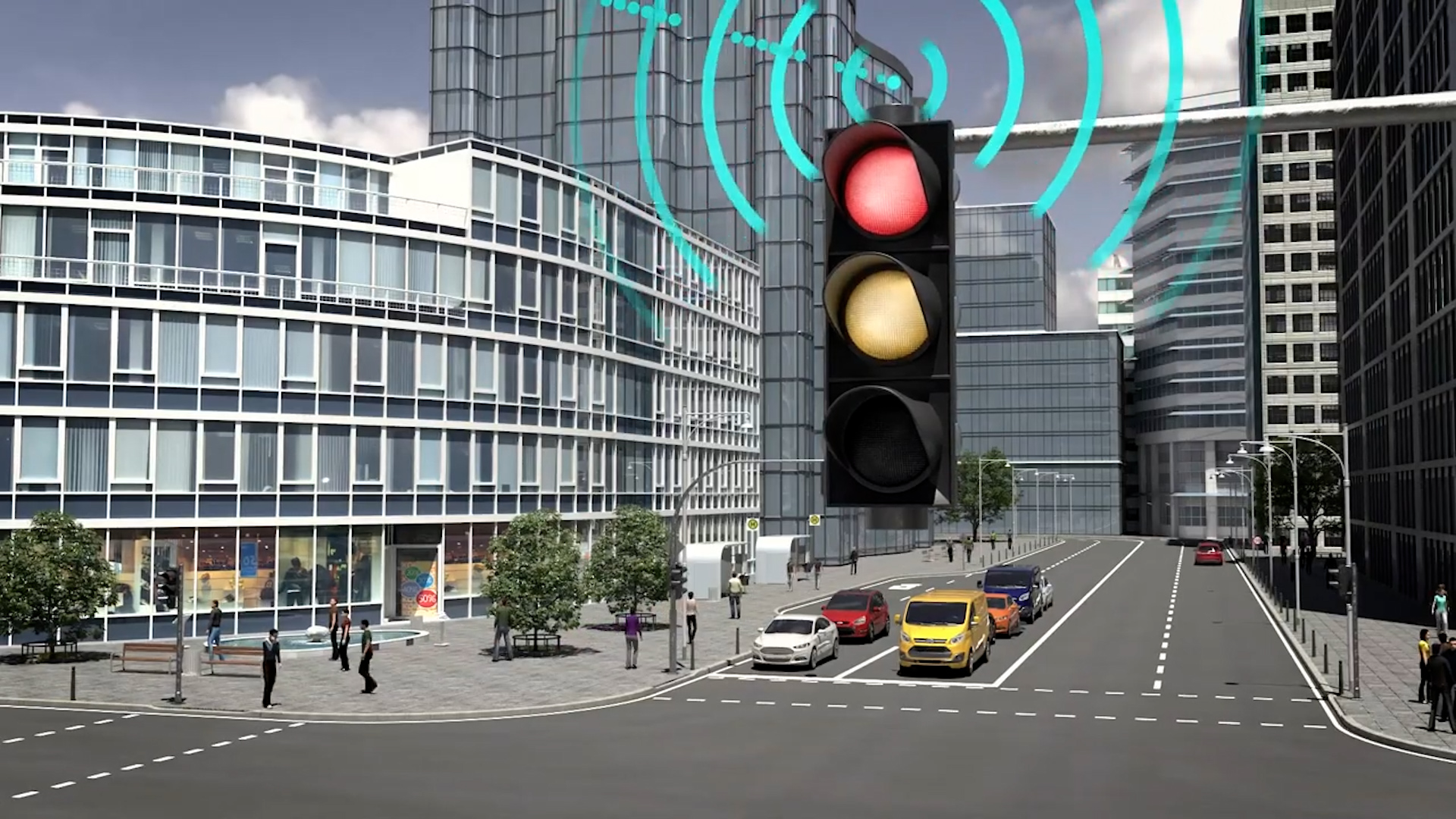When emergency vehicles are on their way to help people, the last thing they want to have to do is negotiate traffic at intersections. So Ford of Europe is helping to develop smarter traffic lights that communicate with first responder vehicles to help get them to their destination faster.
“Whether it’s a fire engine attending a blaze or an ambulance that is en route to an accident, the last thing anyone wants is for these drivers to be caught up among other vehicles waiting for the lights to change,” said Martin Sommer, research engineer, Automated Driving Europe, Ford of Europe.
The technology behind this is known as Cellular Vehicle-to-Everything (C-V2X) and Ford installed it on a road in Aachen, Germany, with eight consecutive traffic lights. It then sent out a Kuga fitted with onboard communication units that pretended to be an ambulance for the purposes of this test.
Read Also: Audi Is Testing A Technology That Allows Vehicles To Recognize School Zones
When the test vehicle approached the traffic lights, they turned green, allowing it to pass. Once it was through the intersection, they returned to their normal operation. Improvements like these could be a big deal for first responders because experts believe that survival rates for road accident victims could be up to 40 percent higher if they received treatment just four minutes sooner.
C-V2X technology could have benefits in more than just emergencies, though. It has many applications but Ford has been working to incorporate traffic light information into its adaptive cruise control. With that, it can slow a car down on its way to a red light before the intersection is actually in view. That allows it to encounter fewer red lights, which is better for congestion and makes the ride smoother.
“Exchanging data between cars, emergency vehicles and traffic lights in real-time using the latest mobile phone technology makes road traffic safer and more efficient,” said Michael Reinartz, director, Consumer Services and Innovation, Vodafone Germany. “Intelligent traffic light control helps save lives when every second counts and also reduces unnecessary waiting times and cuts CO2 emissions.”










